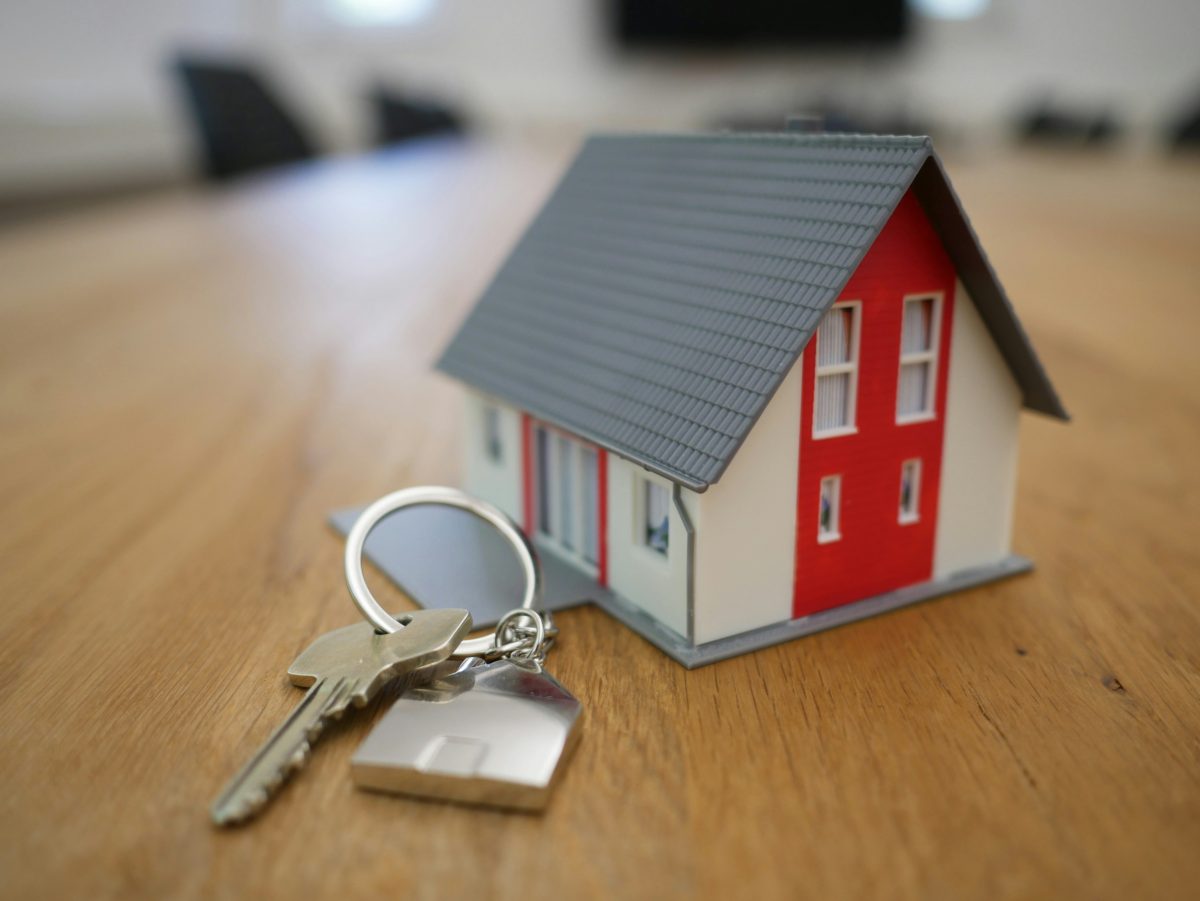Traditionally, the cheapest option for those seeking homeownership is to buy instead of rent. However, this is no longer the case for those in Memphis.
Ryan Miller, senior investment portfolio strategist at First Horizon Bank, said historically Memphians favored homeownership over renting since interest rates were reasonable, and payments were able to be divided over long periods of time.
However, in 2021 prices of houses began to drastically increase in a short period of time, with interest rates increasing as well. These factors create higher mortgage rates. While rent has gone up, Miller said it hasn’t gone up as much as these prices and rates.
“It is very unaffordable to try and buy a home for most homebuyers in Memphis — especially first-time homebuyers,” Miller said. “Seventy-two million millennials are entering the housing market while supply from 2018 to 2020 decreased 52 percent.”
A number of factors have contributed to this revelation, such as the rise in median home pricing, median wage not keeping pace, and the national rank of housing affordability being lower.
Miller recently spoke at the Affordable Housing Symposium in Memphis back in May. During his research, Miller found that as of 2023 Memphis has a housing gap of 16,341 units and an affordability gap of $14,018.
“There are 569,954 units, but the need is 586,295,” Miller said, explaining where this “shortcoming” comes from.
For those who can’t buy homes because of this shortage, their next option is to rent; however, in the city the median rental comes in at $1,224 a month. According to Miller, an individual would need to make $44,064 per year to qualify, while the median income in Memphis is $30,046.
“Basically, the median income in Memphis would have to rise by 52 percent in order for a renter to go rent a house with a ratio of just 33 percent of their overall income,” Miller said. The U.S. Department of Housing and Urban Development classifies those who “pay more than 30 percent of their income for housing” as “housing burdened.”
Miller said one solution is rehabilitation. He said an answer to affordability is having builders who are focused on affordable and starter homes as opposed to “McMansions.” He said between 2018 and 2022, the housing supply shortage increased from 2.5 million units to 3.8 million units.
In comparison, 40 percent of homes built in the 1980s were starter homes, compared to 2019 where they only made up 7 percent.
“You need investors to go in and buy up housing in areas where the homes are aged and rehabilitate them so that they can be put back into the affordable housing inventory,” Miller said.
In 2021, finance company Freddie Mac concluded that while the overall share of aging housing stock is less than 60 percent, an “overwhelming majority of the census tracts in the city center have shares of aging housing greater than 80 percent.”
Areas that have houses whose best options are rehabilitation include Frayser, East Memphis, Whitehaven, parts of Midtown, and more. Miller said rehabilitating homes in these areas would help the affordability issue.
To help cope with this issue, Miller said people should have a pooling of assets — having friends and family rent together. He also said education is a vital part of this as well.
“There’s a direct correlation between education, whether it’s at an educational university for traditional studies or a vocational school,” Miller said. “Education in one way shape or form allows somebody to get the job to have a higher income to bridge the gap for affordability.”
